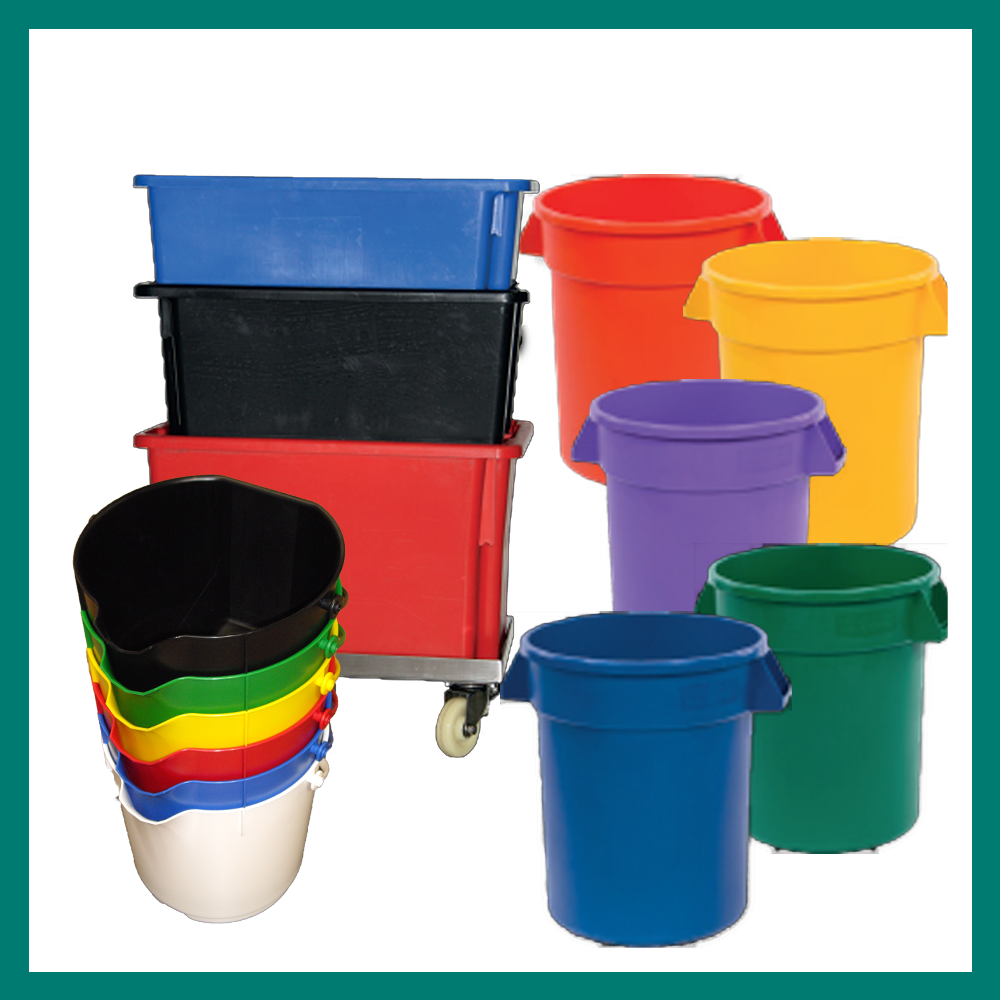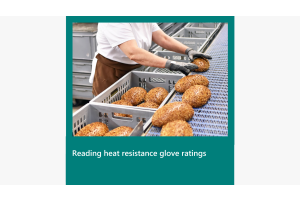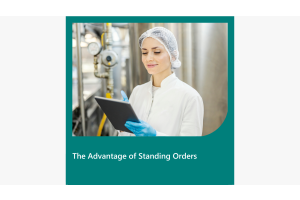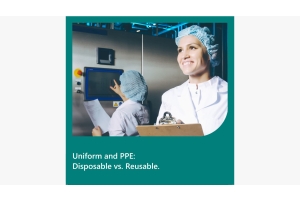Overview on Bins, Buckets and Storage Containers for the Food Industry.

Bins, buckets and containers are designed for the transportation and storage of goods. They are commonly used in the food industry for the bulk storage for ingredients and other produce. The food industry’s high standard of hygiene requires specially designed products to minimize any risk, particularly for products that have contact with food. To ensure your storage methods are suitable and food safe, see below key features of bins, buckets and containers specifically designed for the food industry.
- Round edges – in the food industry all sharp edges are minimized to prevent mold and bacterial build up. These sharp angles are extremely difficult to clean sufficiently. It is vital to prevent all mold and contamination that may grow in grooves and edges, particularly in contact with food.
- Food grade material – most plastic food contact products are made from polyethylene, and where at all possible metal is avoided as it is less hygienic.
- Colour variety – This allows employees to quickly and visually discriminate contents of bins. Different companies use colours in different ways, such as dry and wet ingredients, different areas, or specific allergen ingredients. These all assist in reducing contamination risks.
- One-piece design – one-piece designs are another safeguard against grooves and hard to get to areas. This also reduces joints or welds, making it more durable, and easier to keep clean.
- Ergonomics – buckets, bins and containers are often bulky and awkward to manage. Some buckets are specifically designed to reduce any strain to the body. Some common features include handles, wheels, or separate dollies for those that do not have wheels.
- Varying sizes – many storage options are available in multiple sizes, this helps create consistency throughout production and warehouses areas, while saving space.
- Metrics – this feature’s value is obvious and is designed to make measuring content efficient and simple. Not all products incorporate this, so be sure to check when purchasing these products.
- Closure – important to ensure safety of ingredients from invisible airborne contamination. Also allowing products to stay fresh for longer. Some lids are purchased separately from the actual unit.
- Stackable –ideal for storage purposes, when not in use, or when transporting large quantities; this feature, although not applicable in all circumstances, is popular. It saves space and time, which are both valuable resources in food manufacturing. What your needs are will impact the suitability of the product you choose, as there are many variations of stacking.
To conclude, food manufacturing designed products have a lot of additional features, to increase ergonomics, efficiency, and hygiene. It is important that these features are not compromised in order to save initial costs.





